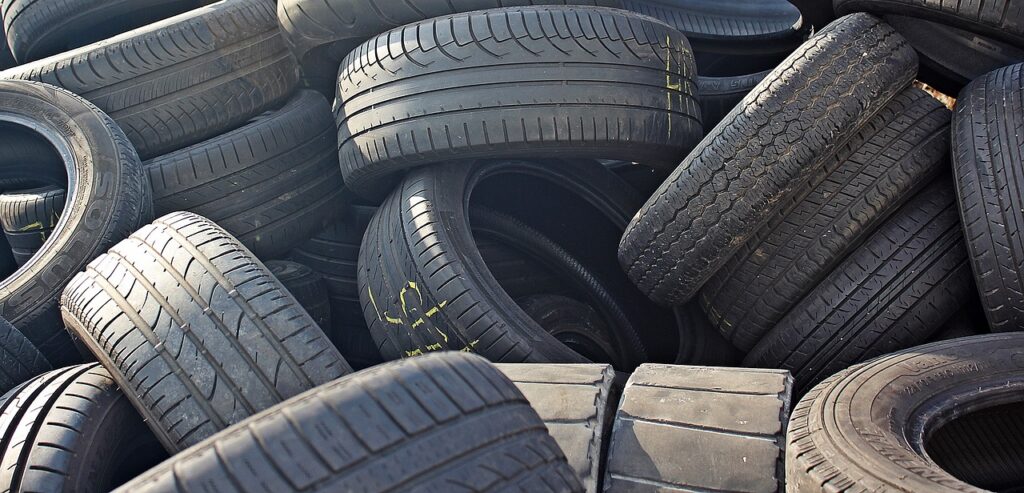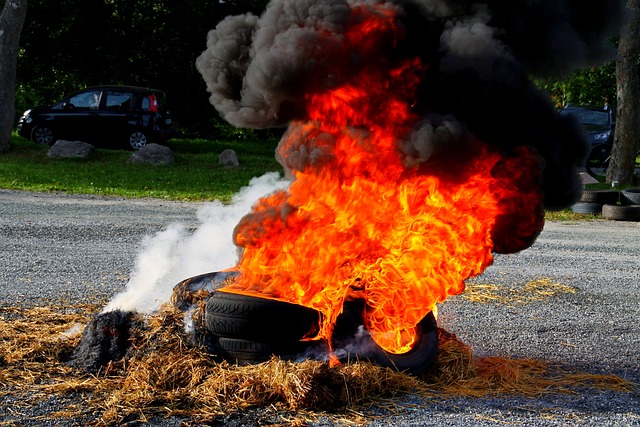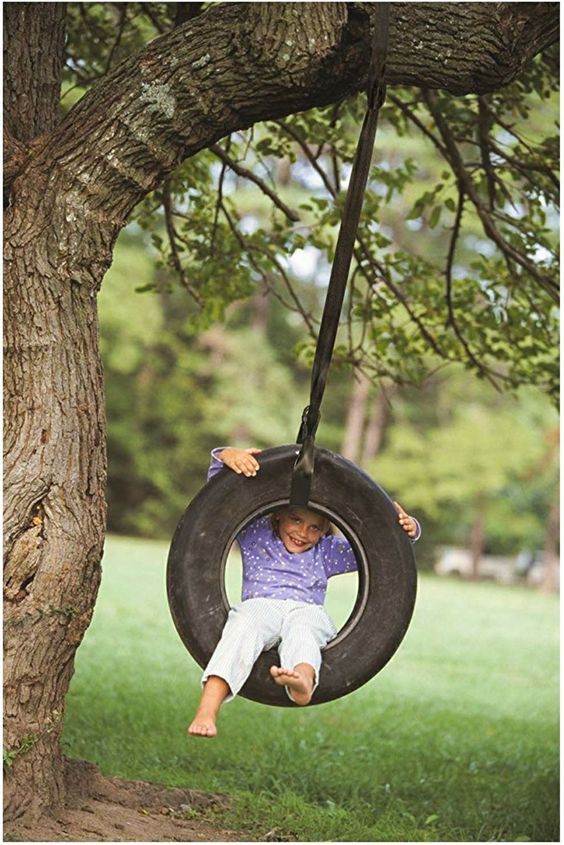ABC's of Recycling,
T is for Tires
Aug 28 2023

According to the Illinois EPA, citizens in our state create more than 14 million used tires every year. That’s 1 used tire per person, every single year! But that’s not all. Those tires also lose approximately 30% of their tread from road wear over their lifetime.
What happens to all those tires? What happens to all that tread?
Many states no longer allow whole tires to go into a landfill. Why? Because tires don’t stay buried! They settle unevenly and trap gases, causing them to rise to the surface and harm landfill cover. Furthermore, whole tires sitting on top of the landfill collect rain. And those little pools of water become the perfect breeding ground for disease carrying mosquitos. Thus, tires are often shredded before entering landfills.

Unfortunately, mosquitos aren’t the only health risk presented by tires. Piled up, tires create the potential for dangerous fires. Tire fires burn hotter than normal fires, produce chemical-filled smoke, and create a liquid oil sludge, which makes the fire very hard to extinguish. Experts estimate one burning tire needs 100 gallons of water to put out! Even worse, that water (and later, rainwater) creates poisonous leachate that filters into local ground water.
(Read about the Virginia tire fire that burned for nine months.)
Scientists and business are still working out ways to handle all the worn out tires we create.
According to Climate Policy Watcher, right now about 10% of tires are shredded and burned as fuel for businesses that require a hot furnace, such as kilns. Another 7% are recycled into “crumb rubber” materials for playgrounds and other soft-pavement surfaces, like running tracks and ball-courts. Unfortunately, these crumb rubber tracks may release particles that filter into our waterways and most tires are still being stockpiled in tire-graveyards both in the US and abroad.
The used tires aren’t the only problem. Recently, scientists have started monitoring what happens as tires travel over our roads. It turns out, the small particles that rub away during normal use also creates an environmental concern. Two recent studies from Oregon State University showed that tire particles generated by road wear (both microplastic and even tinier nanoplastic) are harming freshwater and coastal waterways.
The authors of the OSU study make a few suggestions for what to do next. Businesses could work on designing tires that last longer wear, and create devices for cars that catch particles. (Think about a catalytic converter for tire particles!) Local government and environmental organizations could also get involved by installing rain gardens to catch and filter tire particles before they enter waterways. And, of course, more public transit would mean fewer cars on the road and less tire waste.

What can you do to help keep tire waste to a minimum?
- Buy long wearing tires from a reputable business that safely disposes of tires.
- Turn in old tires to reputable tire sellers – or make them into tire swings!
- Use public transit, walk, or bike when you can.
- Let your local, state and federal representatives know that a healthy environment matters to everyone! Investing in recycling solutions and public transit are a smart use of money and a long term good.
Tires are a great example of why it’s important to stay informed, and engaged, when it comes to the ABC’s of Smart Recycling!